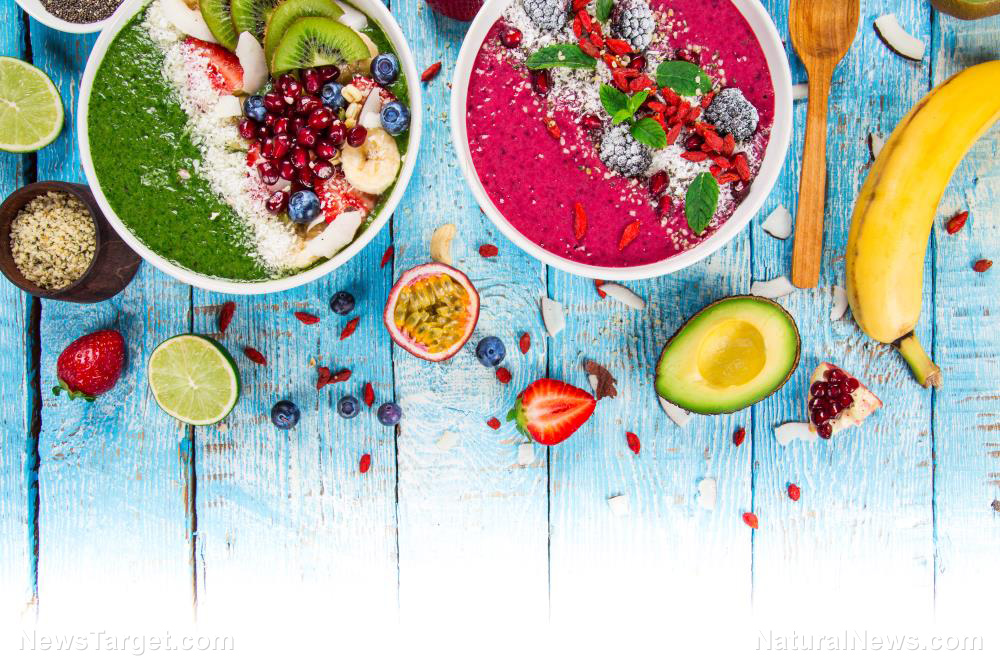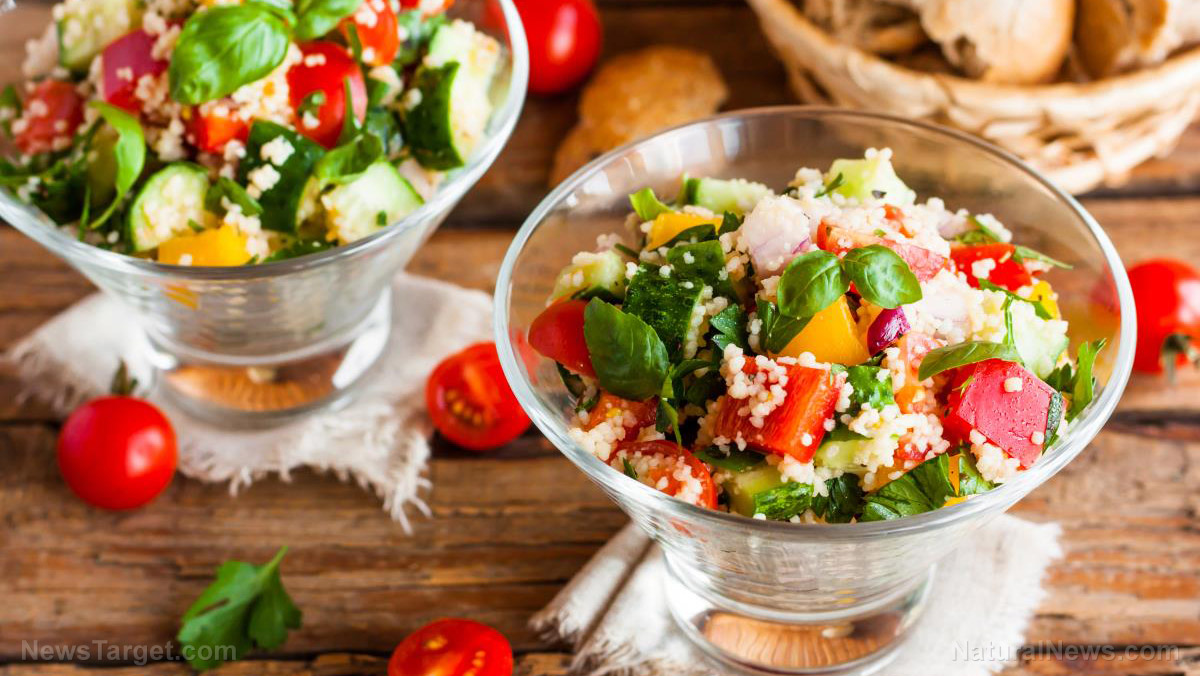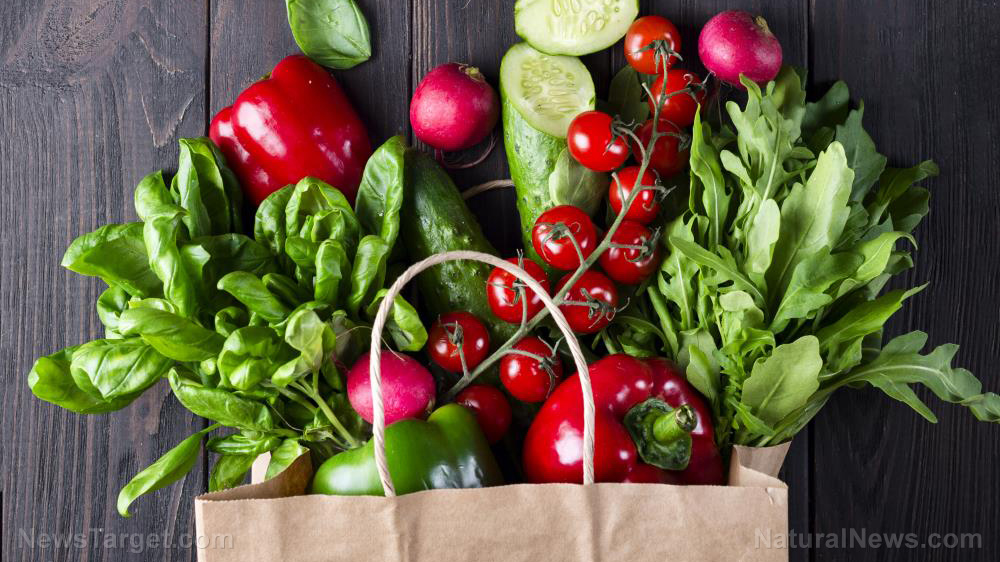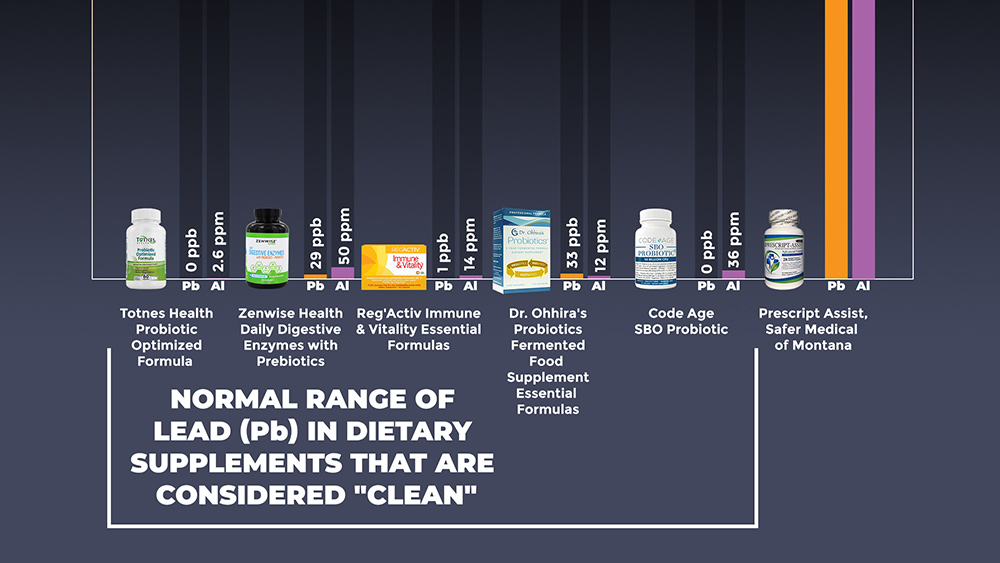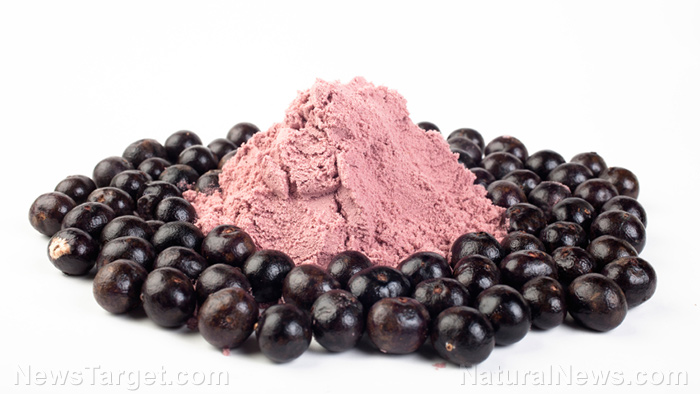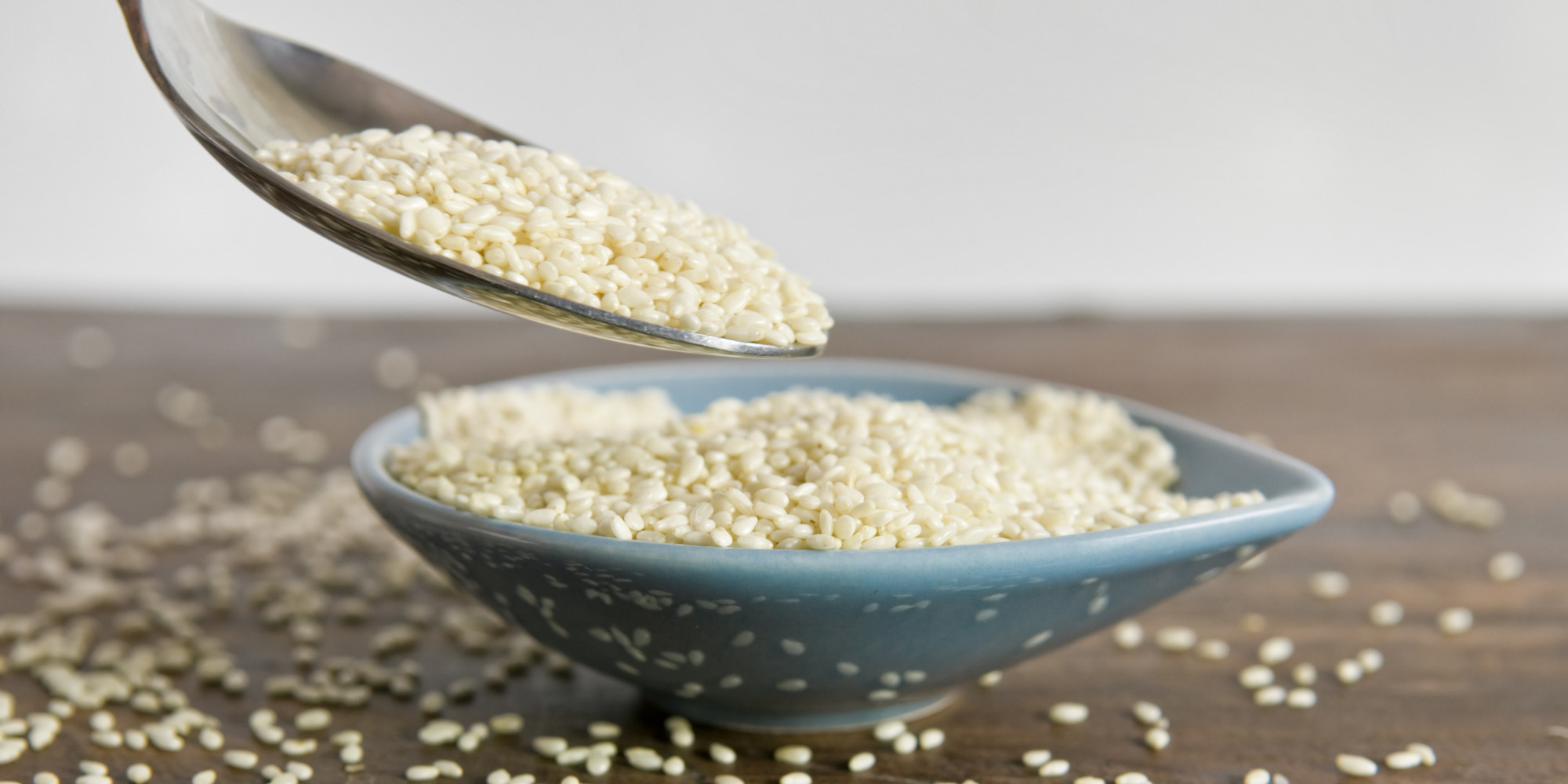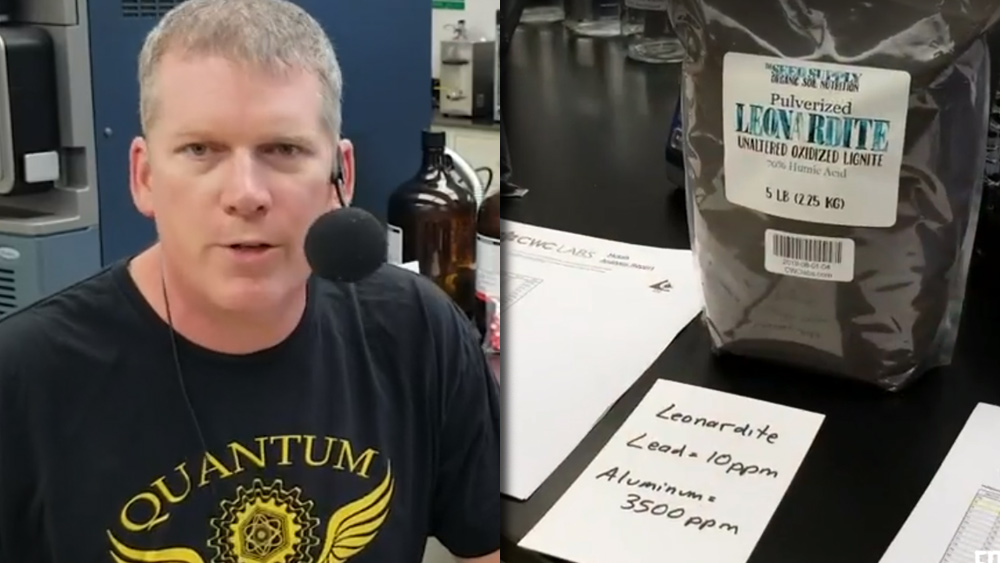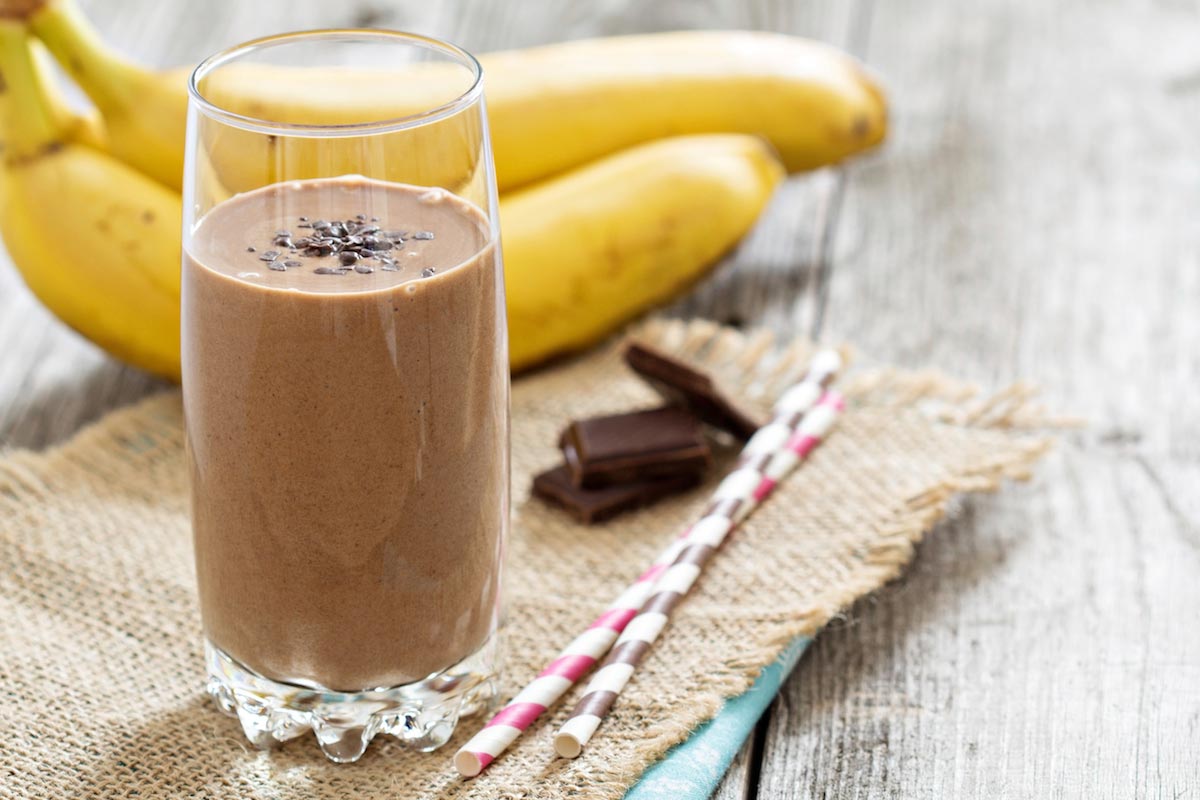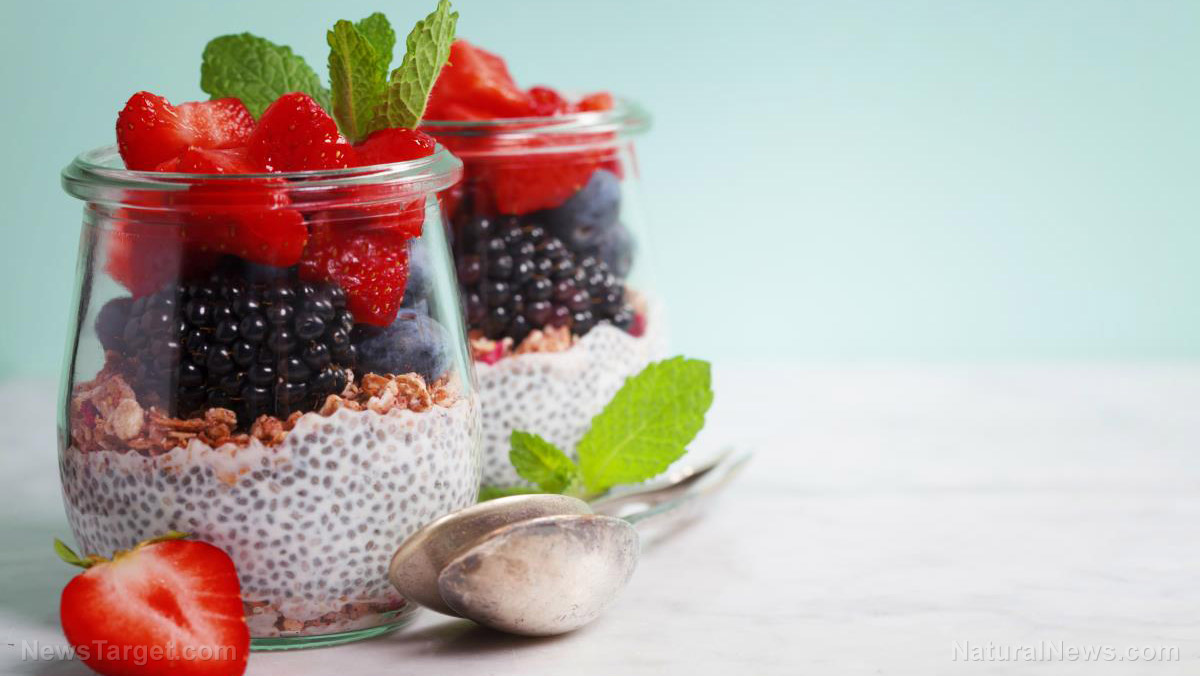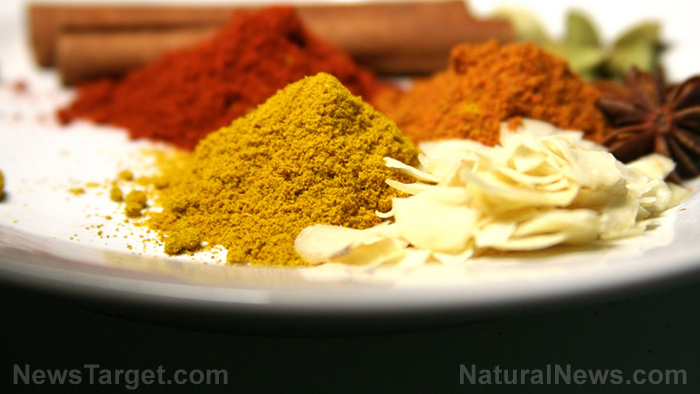Produce poisons: Under certain conditions, some nutrients become toxic
08/27/2019 / By Melissa Smith
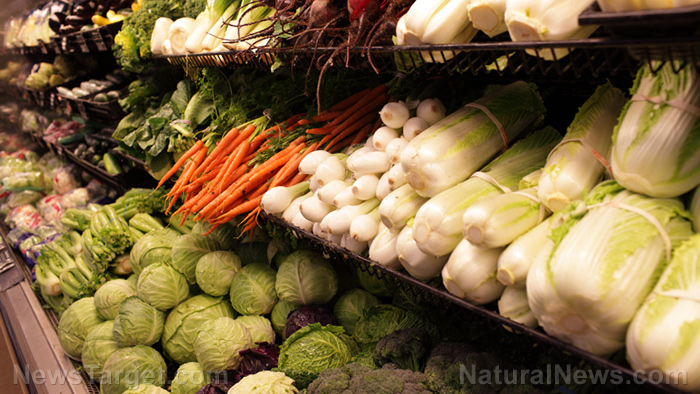
You might assume that the produce in your pantry can’t be toxic because they are edible. However, certain nutrients in fruits and vegetables can be poisonous under certain conditions. Here are several poisons that could be hiding in your pantry. (h/t to PreppersWill.com)
Apple seeds
Apple seeds are not consumed for a good reason — they actually contain cyanide, which is known as one of the deadliest poisons there are. Chewing the seeds will trigger the release of amygdalin in the body and produce cyanide. While small amounts won’t hurt you, it’s a different story for large amounts such as between ¼ and ½ cup of seeds. In fact, it has been used in chemical warfare and mass suicide. The Agency for Toxic Substances & Disease Registry (ATSDR) warns that exposure to even small amounts of cyanide can be harmful. It can damage the heart and brain, and may even lead to coma and death. (Related: Cyanide-contaminated soil can be treated with agro-waste made from banana, pineapple, and watermelon.)
Asparagus
The raw young shoots of asparagus may cause dermatitis, while its red berries can poison cattle. Fortunately, cooking the edible part of asparagus can remove its toxicity.
Cassava
Consuming lots of cassava in one sitting may give you a stomachache, but if you consume it raw or prepared improperly, it could give you a serious problem. Raw cassava contains cyanogenic glycoside, which, like apple seeds, can release cyanide in the body when consumed.
Cherry, peaches, plum seeds
Like apple seeds, the seeds or “pits” of cherries, peaches, and plums are poisonous because they contain amygdalin, which breaks down into hydrogen cyanide when ingested. The fatal dose for children could be as low as five seeds, given that the seed capsule has been broken.
Eggplants
The leaves, stems, flowers, and the raw fruit of eggplant contain a toxic substance called solanine. To be safe, only choose ripe fruits and cook them before eating.
Lima beans
Raw lima beans can be poisonous as they contain linamarin, which decomposes into hydrogen cyanide when consumed. Fortunately, cooking the beans for a minimum of 10 minutes makes them safe for consumption.
Mustard greens
Eating excessive amounts of mustard greens can cause severe irritation to the mucous membranes of the intestinal tract. In addition, mustards and all the cabbage family of plants can accumulate dangerous levels of nitrates and cause problems in the goiter.
Onions
Consuming onions in large amounts can cause serious health problems, such as severe anemia and digestive problems. These may be due to an alkaloid they contain.
Poke salad
Poke greens contain the bitter glycoside saponins and a glycol-protein. To prevent you from getting ill, they must be boiled in water, which is later discarded.
Potatoes
Potatoes contain solanine. This poisonous substance can be found under the skin of sunburned and spoiled potatoes, turning them green. Fortunately, you can leach out solanine by removing the green part and boiling the potatoes.
Rhubarb
The leaf blades of rhubarb contain oxalic acid and soluble oxalates of potassium and calcium, which can cause death if consumed in large amounts. Unfortunately, heat will not remove this poison. Therefore, it is important to discard the leaves.
Tomatoes
Like potatoes, tomatoes contain solanine. While the ripe fruit may always be consumed safely, tomato leaves, stems, and shoots are highly poisonous.
Knowing the hidden poisons in your pantry can increase your chances of survival during an emergency, especially if you were forced to rely only on the foods you have stored.
Sources include:
Tagged Under: food collapse, food safety, Food storage, food supply, organics, pantry, poison, poisonous foods, preparedness, prepper, prepping, survival, survival food, survivalist, sustainable living, toxic foods, toxic ingredients
RECENT NEWS & ARTICLES
COPYRIGHT © 2017 INGREDIENTS NEWS



